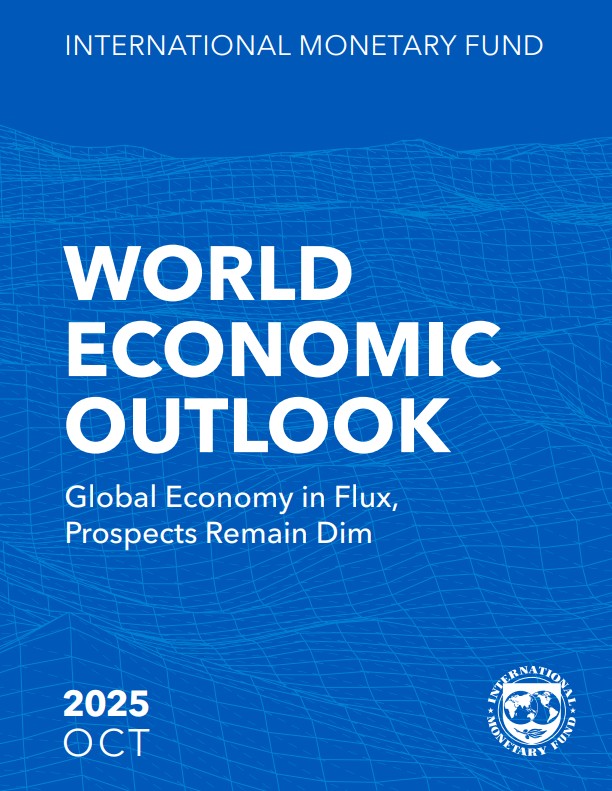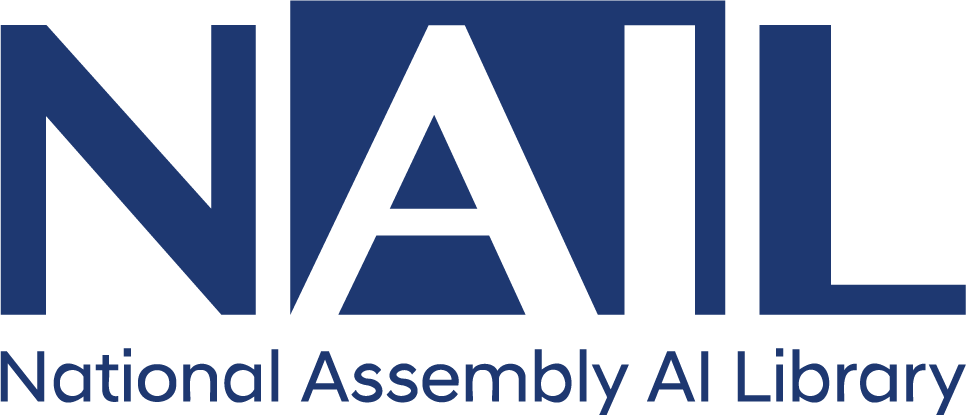
ㅇ IMF는 매년 4월과 10월에 전체 회원국의 경제전망을, 1월과 7월에는 주요 30개국을 대상으로 수정 전망을 발표하고 있음
□ 기획재정부에 따르면 IMF는 올해 한국 경제가 0.9% 성장할 것으로 전망함
ㅇ 우리나라 올해 성장률 전망치는 7월 전망보다 0.1%포인트(p) 높인 0.9%로 제시함. 지난달 24일 우리나라 연례 협의 결과에서 발표한 수치와 같음
ㅇ 이는 정부와 한국은행(각각 0.9%)과는 같고, 경제협력개발기구(OECD)의 1.0%보다는 낮은 수준임
□ 우리나라 내년 성장률 전망치는 지난 7월의 1.8%를 유지함
ㅇ 기재부는 '우리 경제가 내년에는 잠재성장률 수준의 정상 성장 궤도로 복귀할 것이라는 전망으로 해석된다'고 밝힘
ㅇ IMF는 세계 경제의 리스크가 여전히 하방 요인으로 기울어져 있다고 진단하면서 주요 하방 요인으로 ▲ 무역 불확실성 ▲ 이민 제한 정책에 따른 생산성 악화 ▲ 재정 및 금융시장 불안 ▲ 인공지능(AI) 등 신기술 재평가 가능성을 제시함
ㅇ 다만 무역 갈등이 완화되고 각국이 구조개혁 노력을 가속하면서 AI 도입을 통해 생산성을 향상할 경우 세계 경제의 상방 요인으로 작용할 수 있다고 언급함
[출처] IMF, 한국 올해 성장률 0.9% 전망…내년은 1.8% 제시 (2025.10.14.) / 연합뉴스
목차
Assumptions and Conventions vii
Further Information ix
Data x
Preface xi
Foreword xii
Executive Summary xv
Chapter 1. Global Prospects and Policies 1
A New Global Economic Landscape Slowly Takes Shape 1
Recent Developments: Resilience Giving Way to Warning Signs 3
Policy Mix: Loose Fiscal and Divergent Monetary 9
The Outlook: Dim Prospects 10
Risks to the Outlook: Still Tilted to the Downside 20
Policies: Bringing Confidence, Predictability, and Sustainability 22
Box 1.1. Trade Reallocation in Response to Tariffs: Will This Time Be Different? 27
Box 1.2. Risk Assessment Surrounding the Baseline Projection 30
Commodity Special Feature: Market Developments and Commodity-Driven Macroeconomic Fluctuations 35
References 48
Chapter 2. Emerging Market Resilience: Good Luck or Good Policies? 51
Introduction 51
Emerging Market Resilience to Risk-Off Episodes 55
The Evolution of Policy Frameworks in Emerging Markets 57
The Contribution of Policy Frameworks to Macroeconomic Stabilization 62
How to Deal with Future Risk-Off Shocks: Evidence from Model Simulations 63
Conclusions and Policy Implications 66
Box 2.1. IMF Arrangements and Emerging Market Resilience 68
Box 2.2. Milestones in Developing Monetary Policy Frameworks 69
Box 2.3. Macroeconomic Effects of Undermining Central Bank Independence 70
References 71
Chapter 3. Industrial Policy: Managing Trade-Offs to Promote Growth and Resilience 75
Introduction 75
The Return of Industrial Policy 77
Industrial Policy for Infant Industry Protection 80
Lessons from Key Industrial Policies, Past and Present 82
Industrial Policy and Sector Performance 86
Cross-Sector Spillovers and Aggregate Effects 88
Conclusions and Policy Implications 90
Box 3.1. Industrial Policy in China: Quantification and Impact on Misallocation 91
CONTENTS
WORLD ECONOMIC OUTLOOK: Global Economy in Flux, Prospects Remain Dim
iv International Monetary Fund | October 2025
Box 3.2. Support or Distort: Evaluating National State Aid in Europe 92
Box 3.3. A Comparison between Industrial and Structural Policies 93
References 94



